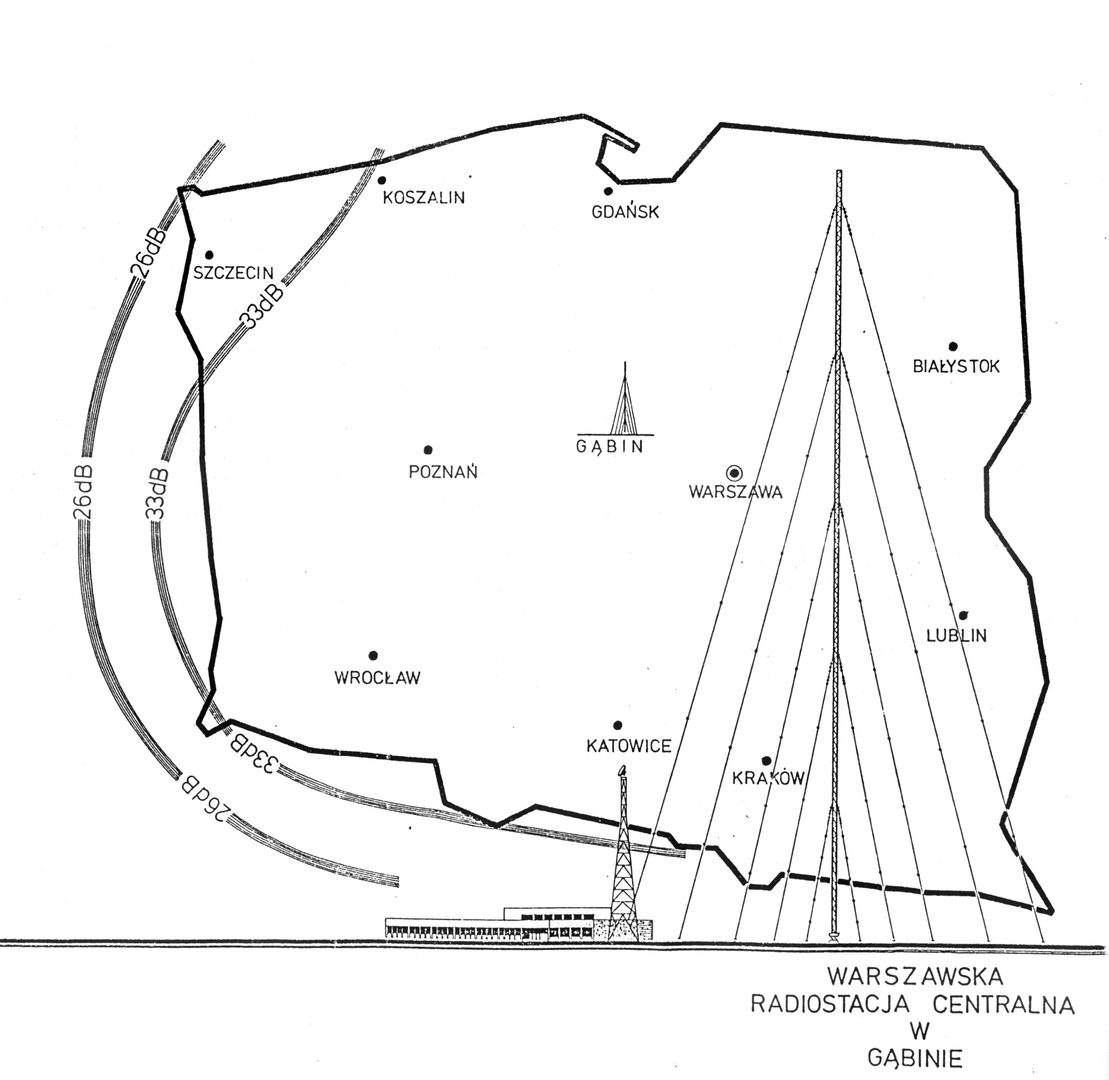Konstantynów Radio Mast
6.81

Overview
The Konstantynów Radio Mast, also known as the Gąbin Mast, was the world's tallest structure from 1974 to 1991, reaching a height of 646.38 meters. Built to ensure better reception of Polish Radio signals, its full construction began in 1969 and took five years. The radio station was officially launched on July 30, 1974. The mast was unique on a global scale because it was designed as a half-wave structure for long waves (227 kHz), which allowed it to achieve an effective radiated power of 3000 kW. The mast was subjected to immense forces, and its structure consisted of 86 triangular steel sections, held upright by five levels of guy wires. The mast collapsed on August 8, 1991, during maintenance work when one of the auxiliary lines snapped, leading to a sudden fall. Fortunately, no one was injured in the incident, but broadcasting from Konstantynów was halted, affecting the Polish diaspora around the world. After the tragedy, broadcasting resumed in Łazy. Plans to rebuild the mast in Gąbin faced opposition from the local community, resulting in the relocation of the project to Solec Kujawski, where a new antenna array was constructed. Despite its incredible achievements, the Konstantynów Mast holds special significance in the history of Polish radio as a symbol of technological advancement and the cultural impact of mass media. After the sale of the former RCN site and the donation of the historic transmitter for museum purposes, the remains of the mast began to be dismantled in 2022, marking the end of an era in Polish telecommunications history. The Konstantynów Mast, a monumental feat of engineering, remains in memory not only as a record-breaking structure but also as a symbol of communication quality for Poles around the world.
Location
City
Gąbin Deanery
Tertiary Administrative Division
Gabin
County
Płock County
State
Masovian Voivodeship
Country
2025 Wizytor | All Rights Reserved